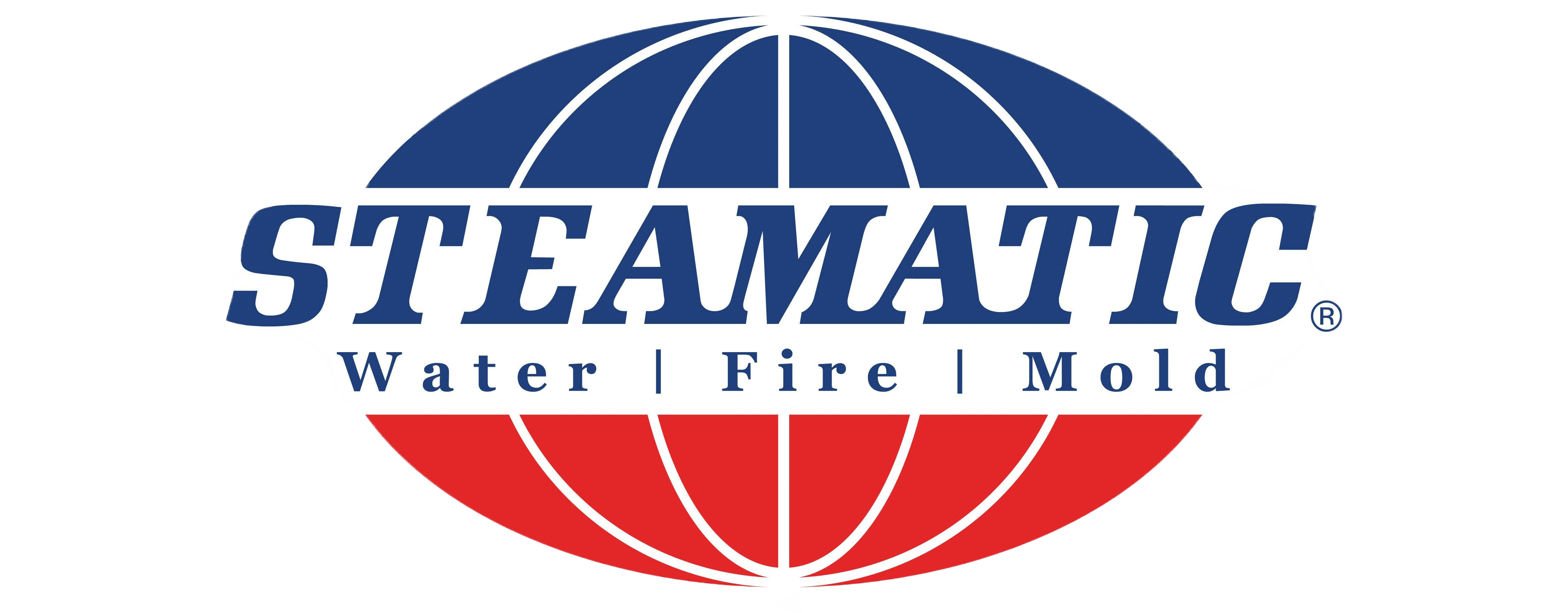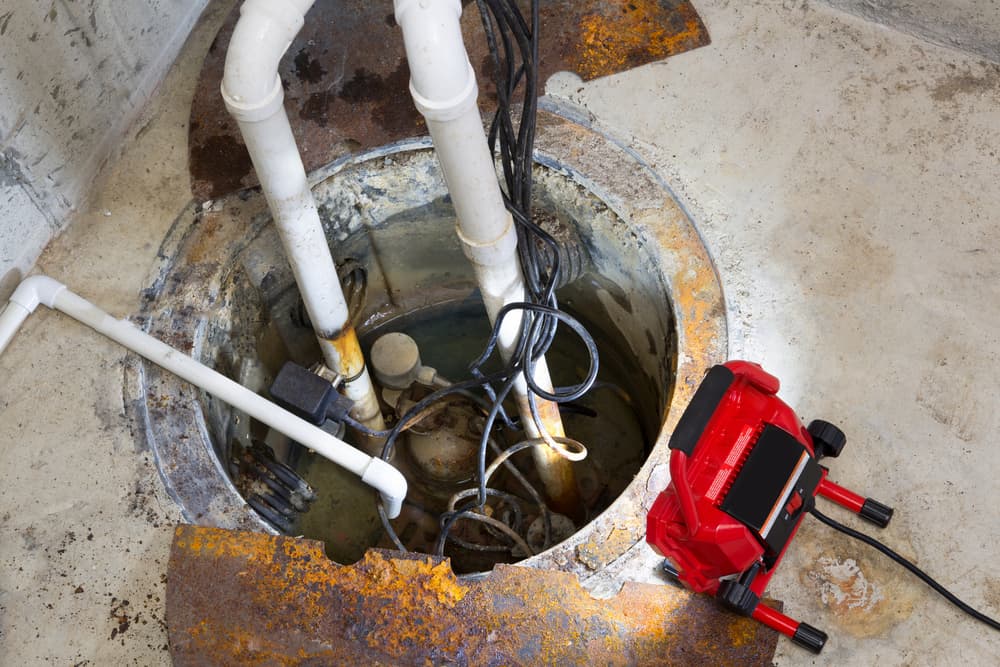Updated: May 15, 2024
During the heavy rainy season, the soil around your building may become saturated. This excess water is channeled to the sump pit. When water begins to fill, it activates the sump pump float switch. The pump drains water from the sump pit to the nearby detention pond, dry well, or the storm drain.
When damaged, the pump fails to drain water from the pit, allowing it to reach the basement floor, causing flooding in your house. You can think of this pump as an extra flood insurance piece!
This article by Steamatic of Red River Valley will discuss some practices to help you navigate sump pump failures and ensure your home’s safety.
What Happens Without a Working Sump Pump?
When your sump pump is at fault, the excess groundwater from heavy downpours will start accumulating at the lowest point around your building. These low-level areas may be the crawlspace, foundation, or basement. No matter the location, the accumulated water will cause various devastating effects on your houses, such as wood warping, the growth of molds, and wood rots.
A sump pump may fail due to poor maintenance but occasionally due to loss of power. If power is unreliable, you need to devise solutions such as a secondary power generator, backup battery, or a backup sump pump. It would be best to choose what works best for you based on several factors. For example, if your region frequently receives heavy and constant rainfall, having a backup pump may be the best option for you.
Signs of a Potential Sump Pump Failure and Sump Pump Power Failure
Lack of Water
A sump pump should only turn on when the pit has excess water to be channeled to other catchment areas. If the pump runs when there is no water in the sump, it means the system was not correctly installed, presenting the pump with a risk of damage.
Age
A sump pump is not designed to last forever like other mechanical systems. On average, the pump is designed to last about ten years, beyond which it may begin to fail even when properly maintained.
Power Issues
A sump pump is a power-sensitive device. If it frequently loses power through severe basement flooding, faults the backup battery, or blows a fuse, the system may fail to work correctly.
Clogging
Sump pump clogs are possibly due to a jammed float switch, tangled switches, or rusted mechanical parts.
Your Sump Pump Has Failed, Now What?
When your pump fails, it creates a total mess in your house during a rainstorm. Is that pleasing? Absolutely not! In case your pump fails, you can overcome the potential challenges by:
Extracting Excess Groundwater
You can use your water or wet vacuum pump to remove as much standing water as possible.
Restoring Water Damages
Even if you could love, you cannot remove all accumulated water, especially after a heavy downpour. It would be helpful to call your reliable local water damage restoration service provider to help you navigate the issue.
Replace or Repair
Undoubtedly, you wouldn’t love to see the mess reappear. So getting the faulty pump replaced or repaired by your trusted dealer would be the best option for prevention.
Water Damage Restoration Services in Grand Forks & Fargo
Sump pumps play a vital role in regulating excess groundwater around our homes. Unfortunately, they may not work correctly all through. They can fail at some point and present many issues to the building. We have a team of experts with profound experience handling numerous commercial and residential water damage issues at Steamatic Restoration, Construction & Cleaning Company.
Do not get stuck with damaged property. Contact us today to get everything professionally fixed to guarantee you the best return on your investment. We are also the best and most reliable mold remediation services in the Red River Valley and the entire Grand Forks or Fargo area.. Our team can completely and safely remove fungus from your home to ensure you live a comfortable and healthy life.
Featured Image: Ozgur Coskun/Shutterstock








